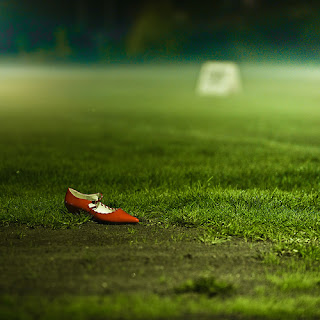.jpg) Welcome to photography! There are many techniques to learn and features to explore and master. It's easy to feel overwhelmed by the vast number of techniques beginning photographers have to choose from, especially since the guiding principle is "do what you like best." The following paragraphs contain a number of insights you can apply.
Welcome to photography! There are many techniques to learn and features to explore and master. It's easy to feel overwhelmed by the vast number of techniques beginning photographers have to choose from, especially since the guiding principle is "do what you like best." The following paragraphs contain a number of insights you can apply.
Learning how to properly expose your photos is key to great looking photographs. You can properly adjust your settings by using the histogram feature of your camera. The histogram on your camera shows you what the exposure level for each picture will be and whether or not that is under or over exposed. This will allow you to adjust the exposure for the next picture.
Think about the purpose of your photograph before you take the picture. You might want to turn the camera vertically for certain shots and horizontally for others. While you may be able to edit the photo later to suit your needs, it is a good idea to think about how the picture will look when it is completed. Preparation is key to good photography.
Get as close as you can to your subject. It's frustrating for the viewer to not clearly see the details of the subject because the camera was too far away. By getting close, you afford your viewers a clear, detailed view of your subject.
If you are taking pictures for a special celebration or event, make a list of the shots that either you, or those in attendance, would like before the event starts. This list will ensure that you capture all the pictures you want even with the distractions associated with the event,
Although you may want to have the camera set on the lowest possible setting so that you can have more images on your card before downloading them, you should ensure that you understand exactly how much print quality you're giving up. The only time to use lower settings is when you know the images will only be displayed on your computer screen.
Taking good photographs of food can be surprisingly tough. The dynamic nature of food often leaves photographers scratching their heads. Many photographs have been ruined by inopportune melted cheese. This is why it is a good practice to get everything else that is going to be in the photograph set up and ready before you bring the food into the shot. Then make sure the lighting is correct, and now you are ready to place the food and take a great shot.
To give the subject you're shooting a powerful appearance, get down on a low level and point your camera upwards towards the subject. To make something look smaller, place your camera above your subject. Experience and practice will teach you when a certain photographic technique is appropriate.
Mobile phone cameras are way better than they were five years ago, but lighting remains a problem. Most of the time, cameras in cell phones don't have any flash available, so you will need to make good use of your available light. Also, zooming in on your subject will help get shadows and glare out of the frame.
Try out different approaches to scale, expressions and perspectives. You can make any object artistic when you portray it in a creative way, such as making it appear distorted, or in an unusual location. Get different takes on familiar objects by working on your compositions.
Cropping a photograph can improve it immensely. You may find that you have captured a great image of the subject, but that the objects in the background take away from it. Other times, the image may be perfect but the centering is off. You can fix that problem by cropping it, which would cut off some of the photo to get it centered correctly.
In the photography world there are a lot of things you can do to take better pictures. Experiment with different methods and come up with your own ideas to make photography a personal and artistic activity. The tips included in this article are a great way to get started taking memorable photographs.
NOTE: Please visit these websites for more photography secrets and tips:
.jpg)
.jpg)
.jpg)
.jpg)
